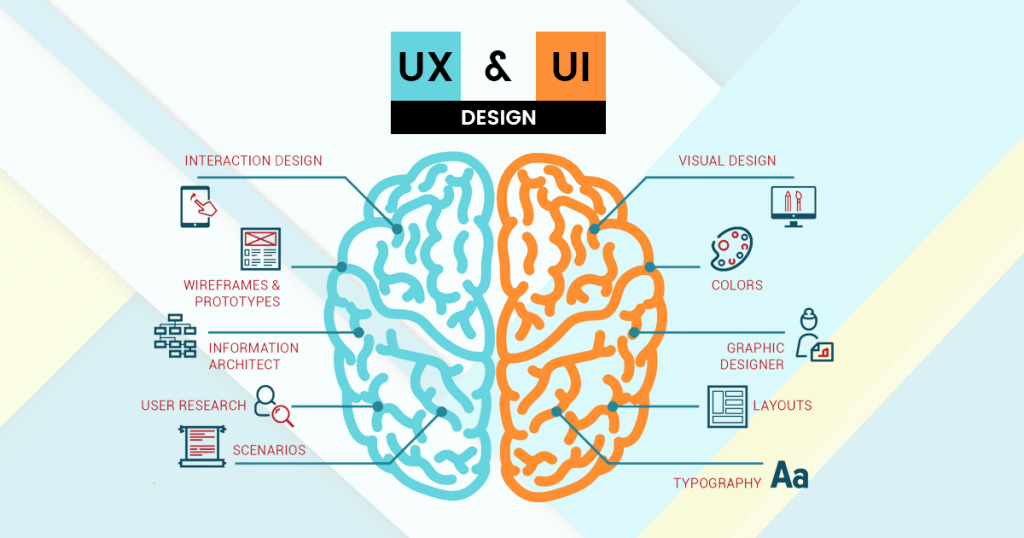In the dynamic landscape of digital experiences, the cornerstone of success lies in crafting compelling User Experience UX and User Interface UI designs. At the forefront of this domain, leading UX/UI design strategies exemplify innovation through a blend of creativity, empathy, and technological prowess. One key aspect of these strategies is the emphasis on user-centric design principles. By prioritizing the needs, behaviors, and preferences of users, designers can create intuitive and seamless experiences that resonate deeply with their audience. This involves extensive research, including user interviews, surveys, and usability testing, to gain valuable insights into user expectations and pain points. Armed with this understanding, designers can iteratively refine their designs to ensure they align perfectly with user needs, fostering engagement and satisfaction. Furthermore, leading UX/UI design strategies leverage the power of collaboration across multidisciplinary teams. By fostering a culture of cross-functional collaboration, designers can tap into a diverse range of perspectives and expertise, enriching the creative process and leading to more innovative solutions.

Collaboration also extends beyond internal teams to include stakeholders and end-users, ensuring that the design process remains inclusive and transparent. Through workshops, design sprints, and co-creation sessions, stakeholders are actively involved in shaping the direction of the design, resulting in solutions that are not only visually appealing but also strategically aligned with business goals and user needs. In addition to user-centricity and collaboration, leading UX/UI design strategies embrace a mindset of continuous iteration and improvement. In today’s rapidly evolving digital landscape, static designs quickly become outdated. Therefore, designers adopt an agile approach, constantly gathering feedback and data to inform their design decisions. Through techniques such as A/B testing, heat maps, and analytics, designers can gain valuable insights into user behavior and preferences, allowing them to fine-tune their designs for optimal performance. This iterative process enables designers to stay ahead of the curve, adapting to changing user needs and technological advancements to deliver experiences that remain relevant and impactful over time.
Moreover, leading UX/UI Design Strategy harness the power of emerging technologies to push the boundaries of innovation. From augmented reality and virtual reality to voice interfaces and machine learning, designers are constantly exploring new tools and techniques to enhance the user experience. By embracing these technologies, designers can create immersive and personalized experiences that captivate users and differentiate their products from the competition. However, technology is not adopted for its own sake but rather as a means to serve the overarching goal of delivering value to users. Finally, a key characteristic of leading UX/UI design strategies is a relentless focus on simplicity and clarity. In an era characterized by information overload, users crave simplicity and ease of use. Therefore, designers strive to streamline complex interfaces, eliminating clutter and unnecessary elements to create clean and intuitive designs. Through techniques such as minimalism, visual hierarchy, and intuitive navigation, designers guide users seamlessly through the digital experience, reducing cognitive load and enhancing usability.